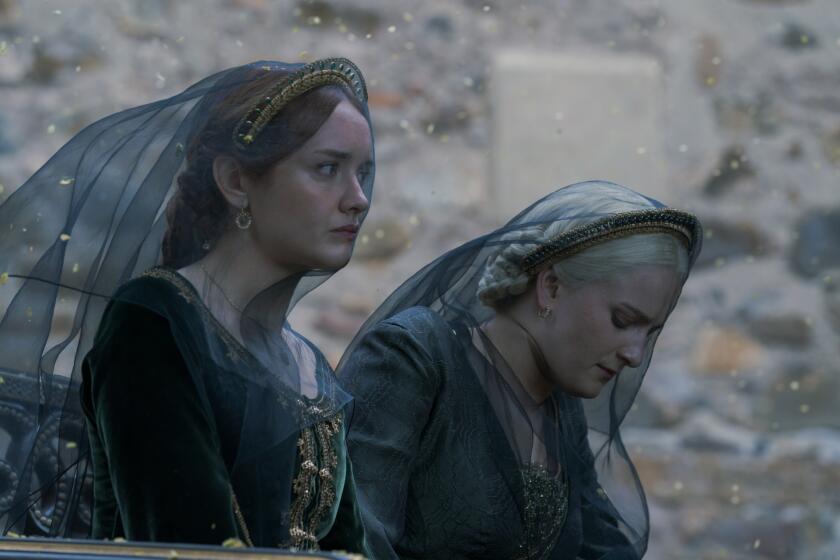‘House of the Dragon’ Season 2 finale: Rhaenyra and Alicent’s ‘battle between pain and love’
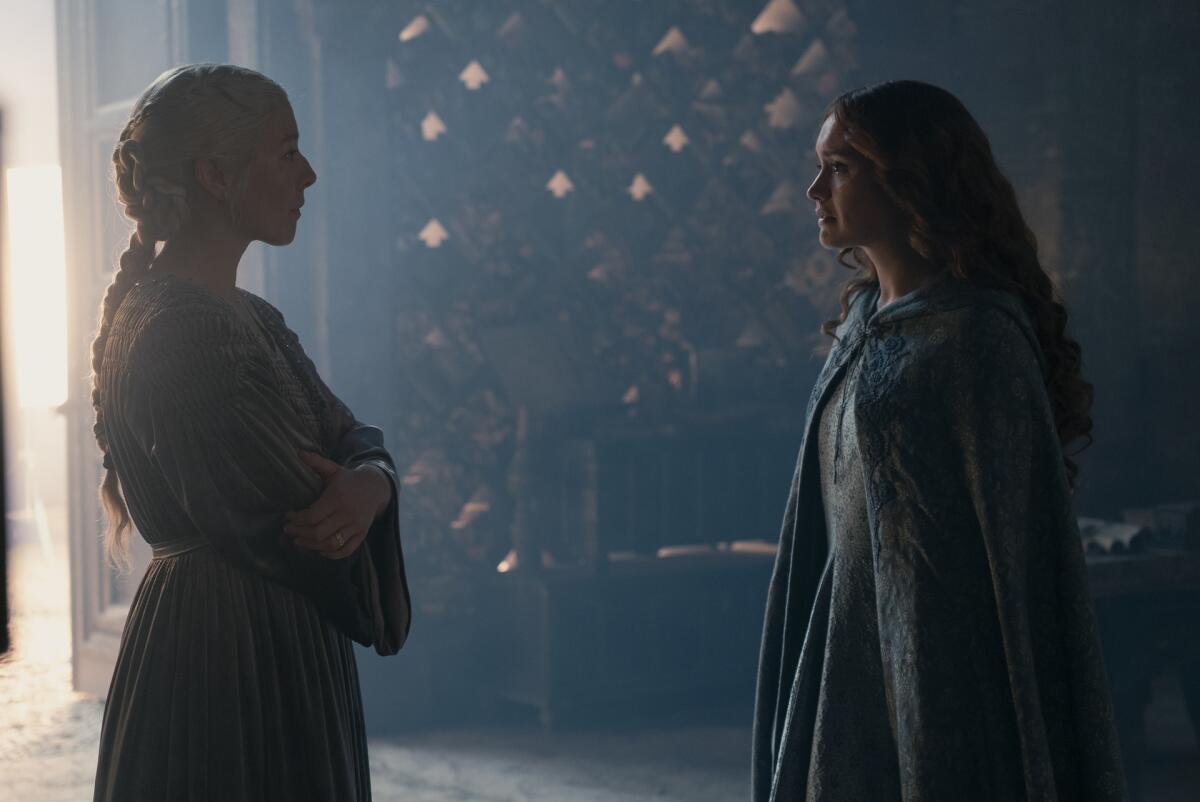
This story includes spoilers for “House of the Dragon” Season 2.
Geeta Vasant Patel spent most of the 10-month shoot for Season 2 of “House of the Dragon” trying to figure out the final shot of the season.
“I kept trying to come up with what the images would be for the end of this episode and nothing felt right,” said Patel, who directed the finale, during a recent video call. “It had to end leaving you with a great punch of emotion. It had to somehow lift us even from Episode 7, which was fantastic and so action-oriented that this had to make you feel even more.”
The final moments of Sunday’s finale, titled “The Queen Who Ever Was,” featured a montage that teases the upcoming action in HBO’s epic fantasy series — including a couple of new dragons — before concluding with shots of Rhaenyra Targaryen (Emma D’Arcy) alone in her library and her childhood friend Alicent Hightower (Olivia Cooke) along the cliffs gazing toward a setting sun.
If the books are an indicator, bloodshed and incineration will continue in “House of the Dragon.” Now that the Season 2 finale has aired, here’s a look at everyone who died.
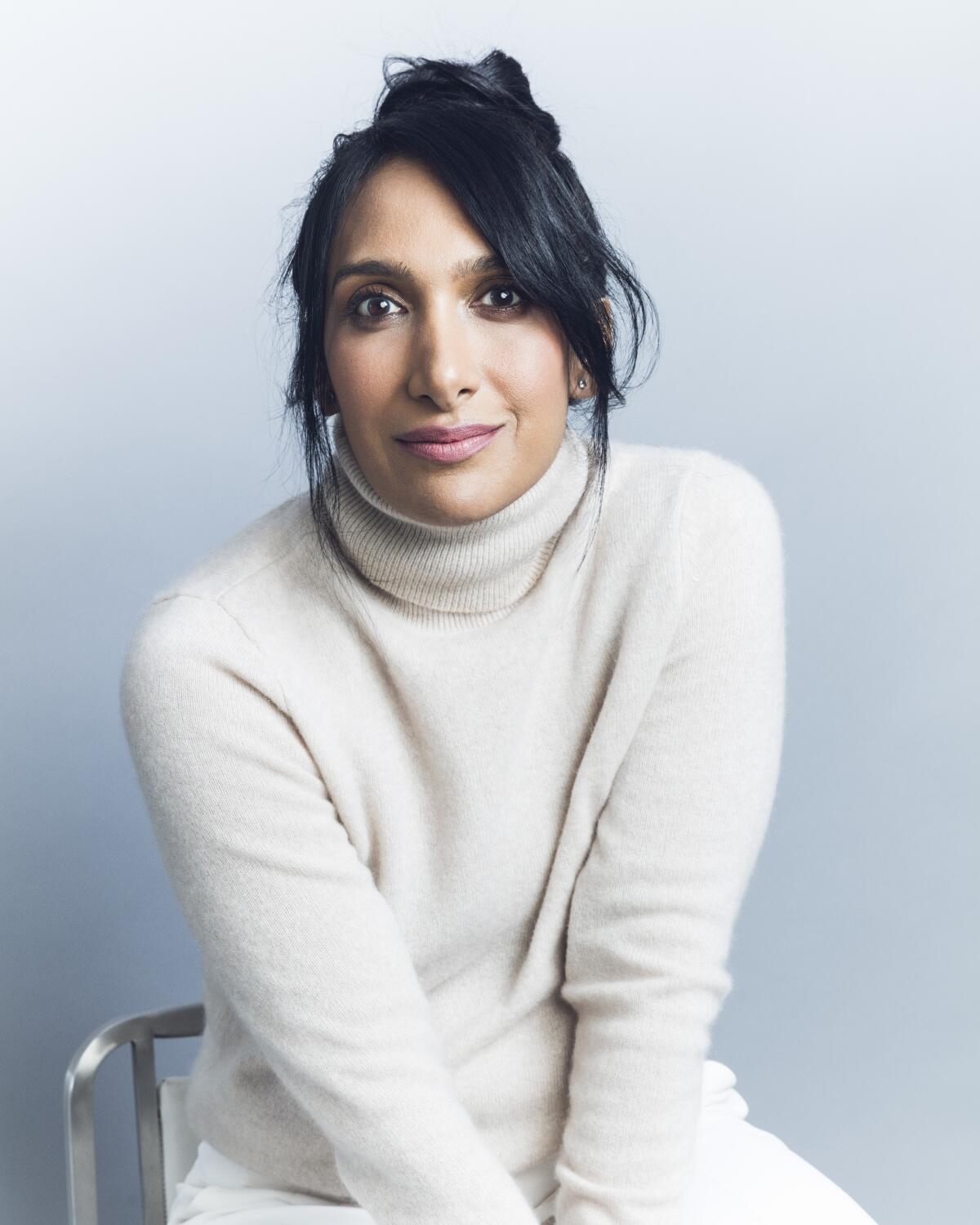
Patel, who also served as a co-executive producer for Season 2, said she finally landed on the imagery while sitting on set in the library and remembering what showrunner Ryan Condal had previously told her about the conversation between Rhaenyra and Alicent and their relationship.
“Ryan had told me that it’s as if Alicent has been carrying this burden her whole life and in that scene with Rhaenyra, she picks up the burden and gives it to [her],” Patel said. “Now Rhaenyra is holding this burden of having to kill millions of people and charge forward with war and Alicent is free. Her burden is the freedom.”
As someone who had long dreamed of working on “Game of Thrones,” Patel describes landing “House of the Dragon” — “the Olympics of TV filmmaking” — as the “pinnacle of my career so far.” “The Queen Who Ever Was” was Patel’s third episode on the series, having previously directed Season 1’s “The Lord of the Tides,” which depicts Viserys’ last days, and Season 2’s “The Burning Mill.” She credits her family — especially her mother, who popped in off-camera during the interview to deliver Patel some chai — for being able to chase her dreams.
Patel, who has a background in human rights work that took her into war zones, started her filmmaking career in documentaries. (She also has directed episodes of shows like “Star Wars: Ahsoka,” “P-Valley” and “The Great.”) Her past experience in conflict zones has informed how she approaches “House of the Dragon.”
“There’s so much of what I saw in war, or learned in war, that I applied to my work on the show because the terminology of an eye for an eye, that’s not taken lightly,” Patel said. “You can see it around the world right now. You can see it in conflict zones that, unfortunately, are still conflict zones after many, many, many decades.“
Patel discusses Rhaenyra and Alicent’s relationship, Daemon’s vision and filming the finale’s montages in this conversation, edited for length and clarity.
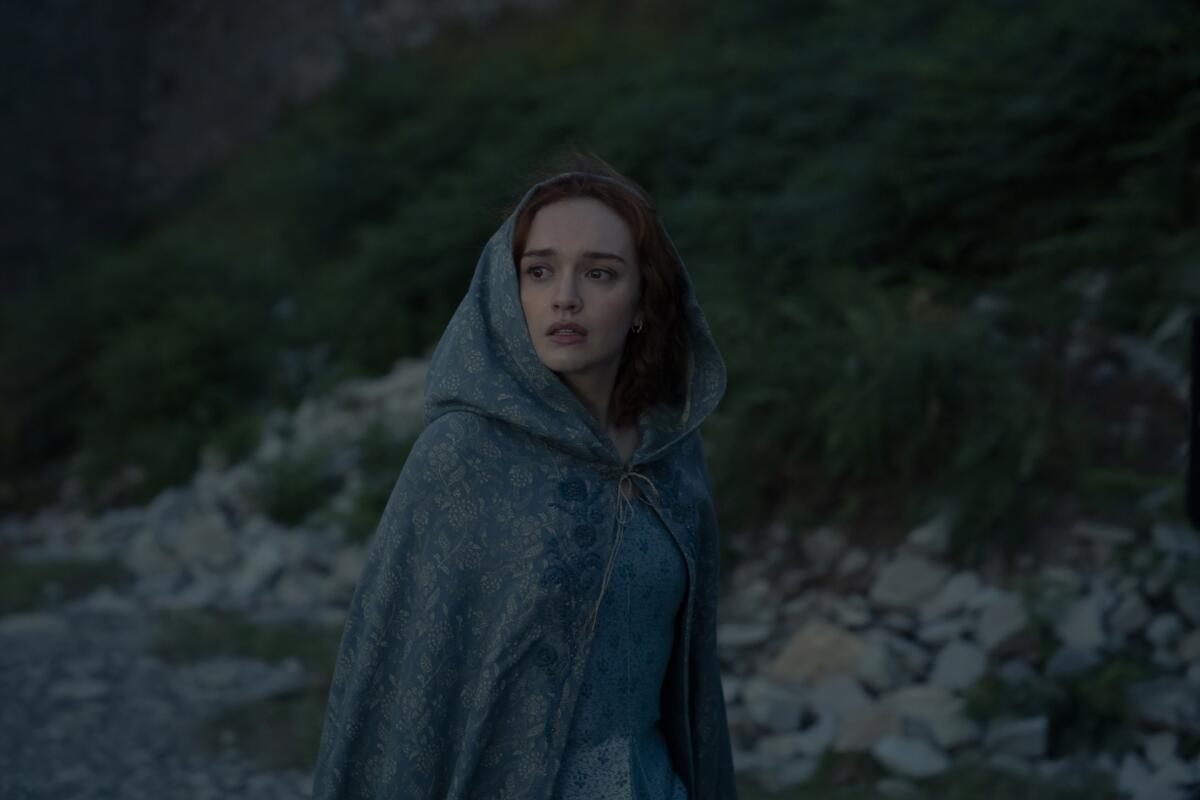
Can you walk us through your approach after you got the script for this episode?
When I get a script, I immediately look at three-act structure. I go back to a simple methodology of Aristotle: beginning, middle, end. I also look for a midpoint. I look for some kind of shift in the middle. Also, as someone who’s done a few season finales now, I go back to the very first episode of the season because I feel like we should treat the season like a film. I went back and I read the opening of the first episode, which Ryan Condal wrote, and in there it talks about what I think is the theme of the season. I haven’t confirmed it with Ryan, but for me, it’s “Duty is sacrifice.” We must sacrifice for duty. I took Episode 8 and started trying to build it around that theme.
I knew that everything was building up to Rhaenyra in a room with Alicent saying, “You want this, take action. Sacrifice for what you feel is your duty. You want to do your duty, that is what is going to free you of this burden.” Then the next beat, of course, is the montage [that shows] that sacrifice has escaped, with Aegon leaving. That clarity takes a minute when you get a script, because there’s so much going on.
This is your third episode featuring pivotal Rhaenyra and Alicent moments. How did working on these previous episodes affect how you approached their meeting in the finale? What is the throughline for you?
In [Season 1,] Episode 8, they made a pact. They were vulnerable and said, “I miss you, my friend.” Then we see them in [Season 2,] Episode 3, and forget anything that’s happened, but that has not gone away, that sense of love and desire. Yet things have happened, an eye for an eye has happened. And when Rhaenyra enters the room asking for Alicent to compromise [and] collaborate, what comes out of that conversation is really no collaboration whatsoever. Because, unfortunately, an eye for an eye wins.
Then we go to [Season 2,] Episode 8, where we need it to be rising action and Ryan [Condal], Sara [Hess] and I were constantly checking both scenes and making sure they felt like they were connected. Now, it’s almost as if nothing has happened in between those two scenes. Rhaenyra was essentially slapped in the face by Alicent, in her point of view. When Alicent entered that scene in Episode 8 … when Rhaenyra sees Alicent, that’s all she remembers: “You rejected me.” And that is very human. You see the two of them become kids again because that’s what we do in front of the people that we are most intimate with. You see Rhaenyra’s face spoil and you see her almost spit at Alicent in the way she talks. And you see Alicent biting her nails, which we haven’t seen her do in so long. I looked at all of that as almost like a trilogy of scenes between these two people.
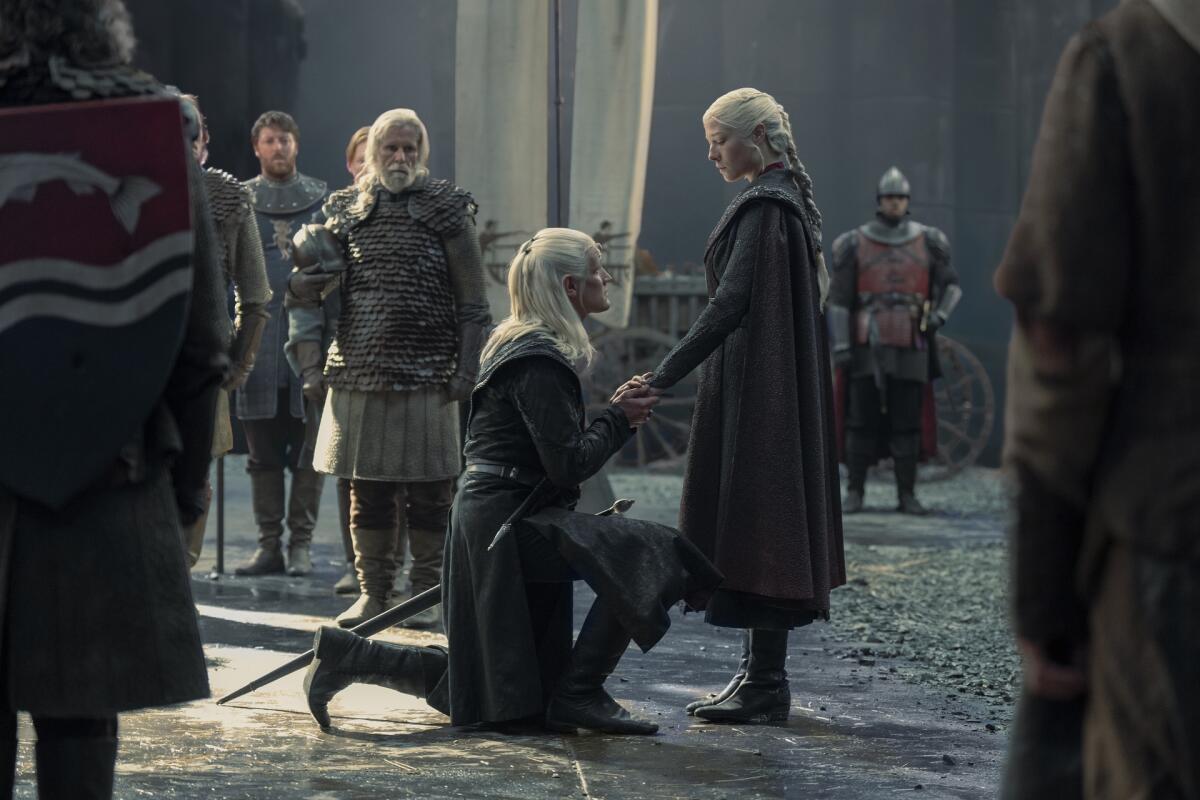
For me, so much of the show is about these two women and the ebbs and flow of their relationship and how things like their relationships with their respective fathers have affected their dynamic.
It’s the two of them collecting pain. It’s a hero’s journey in that the pain keeps winning and we’re waiting for the love to win. There’s moments where the love won, like in Season 1, Episode 8, the love won, but then pain just keeps building. Wherever it comes from — from Daemon, from Dad, from your sons, who you cannot control, who have become monsters. What I love about Episode 8 is that it is truly an exploration of the human condition, the constant battle between pain and love.
What is it like to get a script that says “and then there’s a montage”? I assume a script says more than just that, but can you walk us through that?
I freaked out. I feel like montages are very dangerous because the longer they are, the more the risk is that they’re going to be boring and monotonous. The best montages in cinema have been montages that tell the story and move the story forward. What is great about this montage is that we had a story moment in it, which is Aegon leaves, that does shift the A story of this episode, which is Rhaenyra and Alicent’s relationship. You don’t want that to get buried in all those [other] pieces. And there was no musical piece — we looked, trust me — that could temp in for that montage. Nothing was long enough. So it was a bit intimidating while you’re in edit, we’re like, “We can’t even find a piece of music that lasts this long, we’ll have to take two, three pieces and put them together.” But the main thing that we had to attack when we started that montage was Rhaena has this C, D story where she’s racing after this dragon, and it’s very possible that her story of finding a dragon could overshadow what we’re supposed to really point out in that montage. In structuring that montage, I just moved the pieces around to where I felt Rhaena still had that moment but we didn’t think it was the moment. That was really fun.
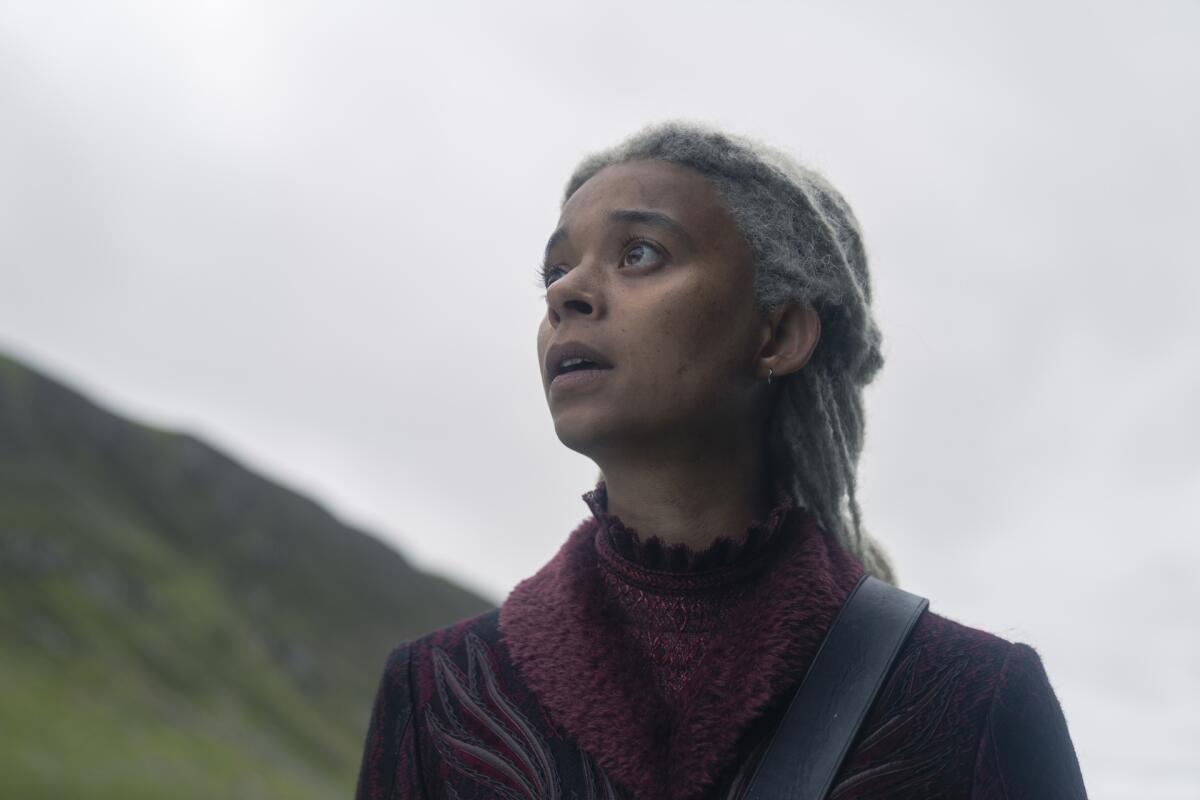
The Rhaena storyline has been so interesting to me because, especially this season, we see just how important dragons are for a Targaryen. It’s their birthright. This is something she’s wanted her whole life.
When we got the script originally … I searched myself for how I related to that moment. For me, there have been so many moments in my life where so many people have said to me, particularly directing, “You can’t. This is not something that is in the stars for you. You don’t belong here. You are not good enough.” There is a moment where you want something so badly and you believe in it that you’re willing to die to prove to yourself that it’s possible. I feel like this is for all of us running for that miracle. I shared it with our team and said, “What if we framed the tone of this around that?” Let’s get the dirt, let’s get her feet, let’s get her to a point where she’s actually running. We were in Wales and Phoebe [Campbell] ran and ran and ran. That’s what they had in their her head too. “I am going to die today and I’m OK with that because I want a dragon and I need to know if I can do this.” That was fantastic because even the crew, we all were there with [Campbell], it was such a spiritual shoot for us.
You also had that whole other montage on this episode with Daemon’s vision.
When I got the script, it was like a section of a list of images. Sara and Ryan spoke with me about it and they said that the reason it was a list of images is that they didn’t want it to feel linear. Ryan really wanted it to be fragmented, so that it really is this vision that [Daemon] has to put the pieces together [so] even after he leaves it, it’s something that simmers in his head. It needed to feel fragmented, and yet it needed to tell Daemon the story that he needed to know in order to change for the first time in his life, with no words — you know, no big deal, no pressure. He had to believe that it’s not about him anymore, that he’s just a part of this bigger world and there’s something he must do, which is put Rhaenyra on the throne. I definitely lost a lot of sleep over that vision because I knew what we needed to achieve. I knew how difficult it would be. I also felt incredibly honored to be able to do this vision knowing, as a “Game of Thrones” fan, what it represented.
More to Read
The complete guide to home viewing
Get Screen Gab for everything about the TV shows and streaming movies everyone’s talking about.
You may occasionally receive promotional content from the Los Angeles Times.
